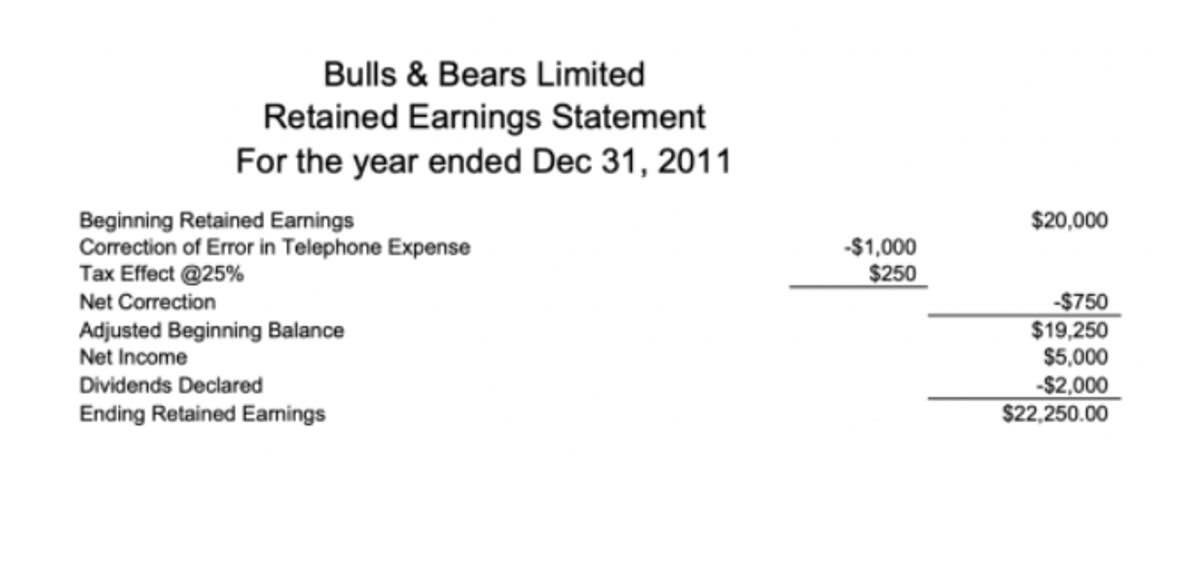Content

When you buy fixed assets like computer equipment, you first record the purchase as a debit to fixed assets and a credit to a liability account called accounts payable (unless you pay in cash). Increases in revenue accounts are recorded as credits as indicated in Table 1. Cash is increased with a debit, and the credit decreases accounts receivable.

As long as the credit is either under liabilities or equity, the equation should still be balanced. If the equation does not add up, you know there is an error somewhere in the books. On the other hand, a credit (CR) is an entry made on the right side of an account. It either increases equity, liability, or revenue accounts or decreases an asset or expense account (aka the opposite of a debit). Using the same example from above, record the corresponding credit for the purchase of a new computer by crediting your expense account. All accounts must first be classified as one of the five types of accounts (accounting elements) ( asset, liability, equity, income and expense).
Debit and Credit Usage
Once a transaction is created — the software can handle that for certain journal entries, too — debits and credits will be automatically posted to the correct accounts. NetSuite also streamlines accounts receivable, accounts payable and close management processes, boosting efficiency and improving cash flow. All of these capabilities feed into a company’s ability to produce highly accurate financial statements and reports. When people discuss debit vs credit, they are usually referring to double entry accounting. More specifically, a debit and credit are recorded for each transaction. These two are required for each transaction in order to keep the accounting equation in balance.
- Additionally, it is helpful at limiting errors in accounting, or at least allowing them to be easily identified and quickly fixed.
- For every debit in one account, another account must have a corresponding credit of equal value.
- One theory asserts that the DR and CR come from the Latin present active infinitives of debitum and creditum, which are debere and credere, respectively.
- A business owner can always refer to the Chart of Accounts to determine how to treat an expense account.
In many instances, business owners are responsible for resolving their accounts payable — another word for short-term liabilities — or an amount they owe to a supplier or vendor. A chart of accounts, or COA, provides a bird’s-eye view of a business’s financial data. A COA lists all financial accounts in the general ledger for a business, and business owners can use this organizational tool to perform a financial analysis. Understanding accounting basics is critical for any business owner. Read on to understand debit and credit accounting, the concept of double-entry accounting and a few accounting best practices. Debits and credits are a critical part of double-entry bookkeeping.
Debits vs Credits in Accounting
Both cash and revenue are increased, and revenue is increased with a credit. There are a few ideas about what the letters DR and CR stand for when they stand for debit and credit. One theory says that the DR and CR emerge from the Latin words debere and credere, https://accounting-services.net/can-a-virtual-assistant-do-your-bookkeeping/ which are the present active forms of the words debitum and creditum. Another idea is that DR stands for “debit record,” and CR stands for “credit record.” You might think of G – I – R – L – S when recalling the accounts that are increased with a credit.
- Many bookkeepers and company owners employ software like Wafeq – accounting system to keep track of debits and credits.
- Single-entry is only a simplistic picture of a single transaction, intended to only show yearly net income.
- Before closing the books, accountants generate a trial balance which lists accounts in numerical order with debit and credit accounts balances.
- With double-entry bookkeeping, you would credit the cash account $3,000 (decreasing cash) and debit the equipment account that same $3,000 (increasing your equipment asset account).
- The allowance for doubtful accounts includes a balance of the estimated amount of Accounts receivable that is uncollectible in the future (because customers are unable or unwilling to pay).
- It either increases equity, liability, or revenue accounts or decreases an asset or expense account (aka the opposite of a debit).
All accounts that normally contain a debit balance will increase in amount when a debit (left column) is added to them and reduced when a credit (right column) is added to them. The types of accounts to which this rule applies are expenses, assets, and dividends. Bank debits and credits aren’t something you need to understand to handle your business bookkeeping.
How Debit and Credit Affect Loan Liability
Additionally, accurate books can ensure that your business reports accurate numbers to the IRS and never experiences an account overdraft. Keep reading to better understand debits and credits How To Master Restaurant Bookkeeping in Five Steps and how to record them when bookkeeping. These steps cover the basic rules for recording debits and credits for the five accounts that are part of the expanded accounting equation.
Is an expense a debit or credit?
Assets and expenses have natural debit balances. This means that positive values for assets and expenses are debited and negative balances are credited.
